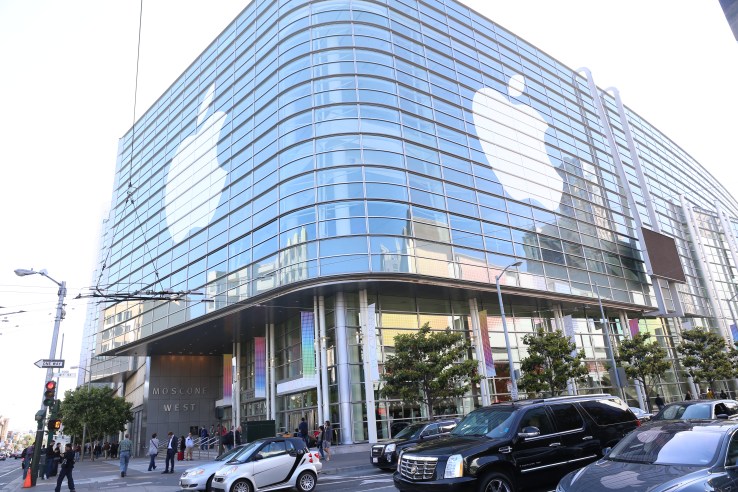Apple finally wakes up to QR codes, but it’s too late

Apple, ever the late adopter, has added QR reading to its camera in what is the latest example of the U.S. company seemingly following a trend with blind optimism that it’ll work out for the best.
QR codes have never been an established thing in the U.S., the country where Apple’s influence and marketshare is highest worldwide, but in Asia — particularly in China — it is a well-established means to enabling payments, website discovery and more. Companies use QR codes on subway advertising in China to drive app downloads or website visits, for example. The humble QR code also enables point-of-sale payment via Alibaba’s hugely popular Alipay mobile payment app or the payment facility within Tencent’s blockbuster WeChat app, two services with over 500 million users.
So why is Apple suddenly keen to read QR codes?
The optimistic response is that the company is ‘keeping up with The Latest Tech Trends to tap into New Opportunities for users and developers’.
But the truth is that this introduction is likely to have little to no impact in any part of the world.
WeChat and Alipay users in China will continue to use the respective apps to scan QR codes for payments, adding friends or downloading WeChat ‘mini programs.’ It’s the same story in India, Japan and other countries were QR code usage is notable, but not on the same level as China, since they are a means to an end for established services — whether that is messaging app Line, mobile payment service Paytm, etc.
The best case argument is that Apple’s support for QR codes will trigger a new marketing platform for brands and companies, or enable new interaction points for developers. But, in countries were QR code scanning isn’t commonplace, marketers and developers will need to explain this new trend in order to take advantage of it.
It seems more advantageous to simply reach people through channels they are familiar with and accustomed to using. NFC is already the go-to for payments, and few people actually use the QR code scanning options that already exists in apps like Messenger, Snapchat and beyond. It could be a neat way for some people to find URLs, per the tweet below, and Apple might build in new features over time, but for now the scope seems limited.
Un QR Code est automatiquement reconnu par l’application Appareil photo dans iOS 11 : pic.twitter.com/sFqQ5Gqf9Y— Nicolas Lellouche (@LelloucheNico) June 5, 2017
The ‘people don’t know what they want until you give it them’ argument is the very same one that was made for iMessage apps — another feature inspired by mobile internet trends in Asia — when that format launched last year.
That optimism proved to be misplaced. iMessages apps didn’t take off as Apple had hoped, to the point that the U.S. company was forced into revamping them in a move announced yesterday that makes iMessage apps harder to ignore inside the messaging app.
One thing that is notable about QR codes and iMessage apps is that even Apple — which is hardly known for making bold software bets — is taking cues on the future of mobile from Asia. That marks a change in attitude from a few years ago, when tech firms largely ignored the telling trends emerging in the East. But it’s a big stretch to assume that Apple bundling QR code reading into iOS is game-changer, when all the evidence suggests that it isn’t.
Our Chinese partner Technode has details on other additions to iOS that might have more potential to stick in China.




0 comments